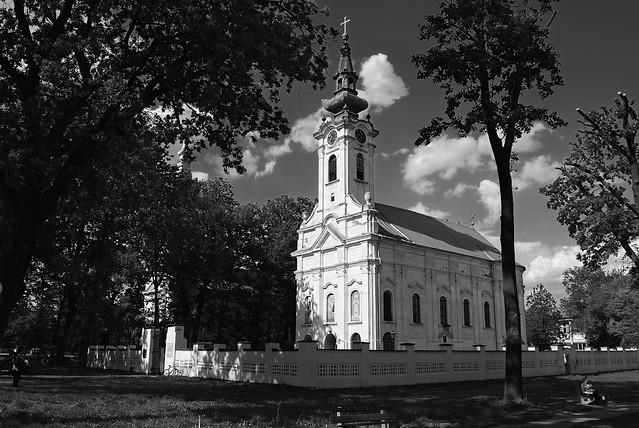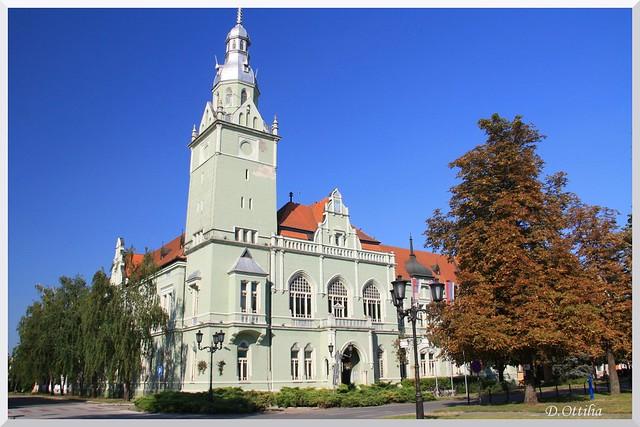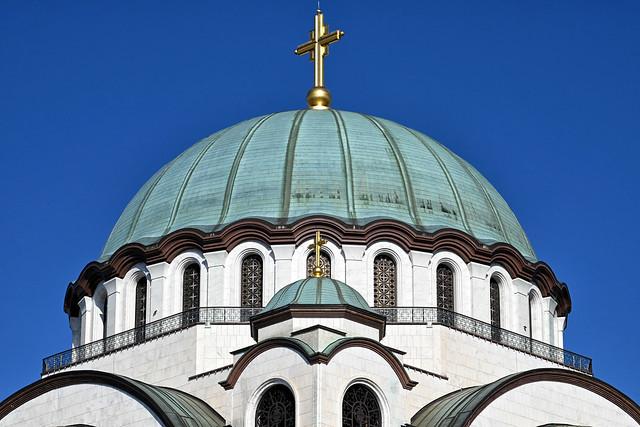
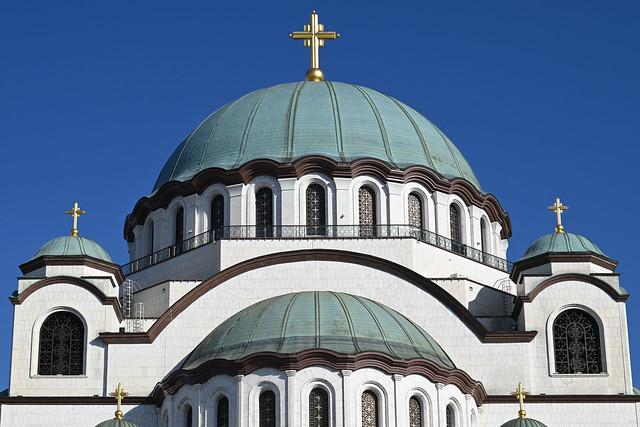
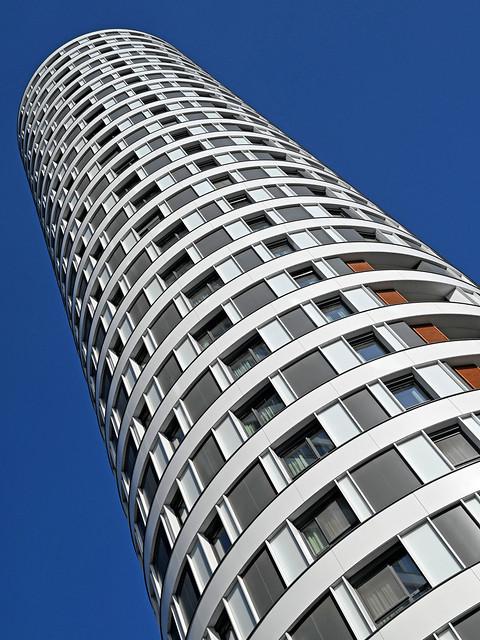
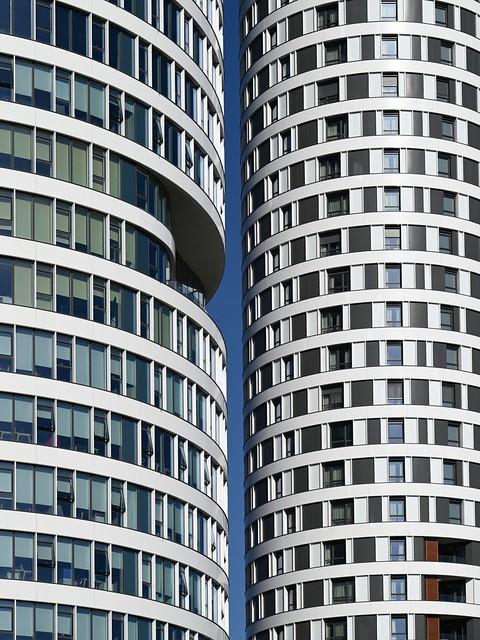
Belgrade
Overview
Overview of Belgrade
Belgrade, the capital of Serbia, may often overshadow the smaller towns in the Central Banat District, yet it serves as a vibrant introduction to the country’s rich tapestry of history and culture. The city, known for its lively atmosphere and warm hospitality, is a blend of old-world charm and modern urban energy. Walking through its streets, you’ll encounter a mosaic of architectural styles, reflecting influences from the Roman, Ottoman, and Austro-Hungarian empires. From the historic Kalemegdan Fortress that offers stunning views of the confluence of the River Sava and Danube to the bustling Knez Mihailova Street, lined with shops, cafes, and galleries, Belgrade is a city that invites exploration.
Cultural Significance
Belgrade is a cultural hub, pulsating with artistic expression. The city boasts numerous museums, galleries, and theaters, each showcasing the diverse heritage of Serbia. Notable institutions include the National Museum of Serbia, which houses a vast collection of artifacts spanning centuries, and the Museum of Contemporary Art, highlighting modern Serbian artists. The annual Belgrade Festival of Dance and Belgrade Beer Fest are just a few examples of the city’s vibrant event calendar that celebrates local and international talent. Music lovers will delight in the city’s thriving live music scene, ranging from traditional Serbian folk melodies to contemporary genres, with venues like SKC and Dom Omladine often hosting exciting performances.
Historical Significance
The historical significance of Belgrade is profound, with layers of history interwoven into the city’s identity. The Kalemegdan Fortress stands as a testament to its strategic importance throughout history, having witnessed countless battles and changes in rule. Within its walls, visitors can explore ancient Roman ruins and Ottoman relics, while the surrounding park provides a serene escape from the urban bustle. The Church of Saint Sava, one of the largest Orthodox churches in the world, dominates the skyline and serves as a symbol of Serbian spirituality and resilience. Each corner of the city tells a story, from the cobblestone streets of the historic Skadarlija district to the remnants of the Belgrade Fortress, inviting travelers to journey through time.
Local Characteristics and Atmosphere
The atmosphere in Belgrade is undeniably vibrant and welcoming. The locals, known for their friendliness and zest for life, often gather in cafes and outdoor terraces, creating a lively social scene. The city’s culinary offerings reflect its diverse influences, with traditional dishes like ćevapi (grilled minced meat) and sarma (cabbage rolls) served alongside modern twists and international cuisine. The nightlife in Belgrade is famous, with a plethora of bars, clubs, and floating river clubs known as splavs, where visitors can dance the night away to music ranging from traditional folk to contemporary beats. The city truly comes alive after dark, making it a hotspot for those looking to experience an unforgettable night out.
Conclusion
Belgrade, with its unique blend of history, culture, and local charm, offers a captivating experience for foreign travelers. Whether you’re exploring its historical sites, indulging in its culinary delights, or immersing yourself in the vibrant nightlife, this city has something to offer everyone. Each visit reveals new stories and experiences, making Belgrade a destination worth discovering.
Other towns or cities you may like in Serbia
Explore other cities that share similar charm and attractions.



